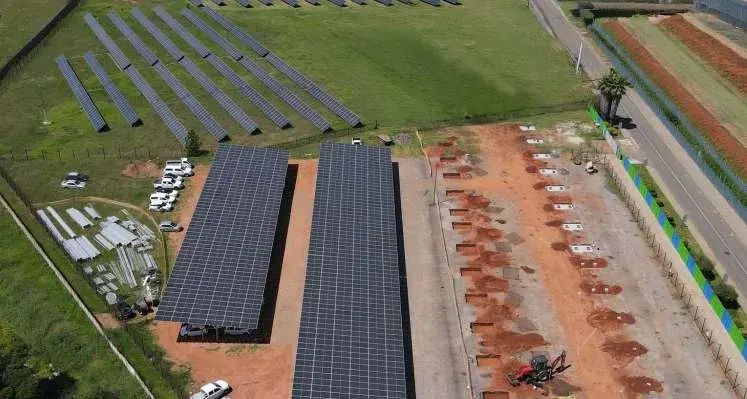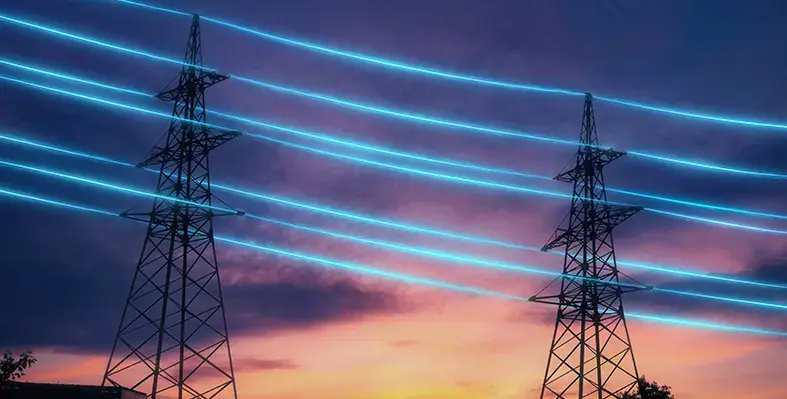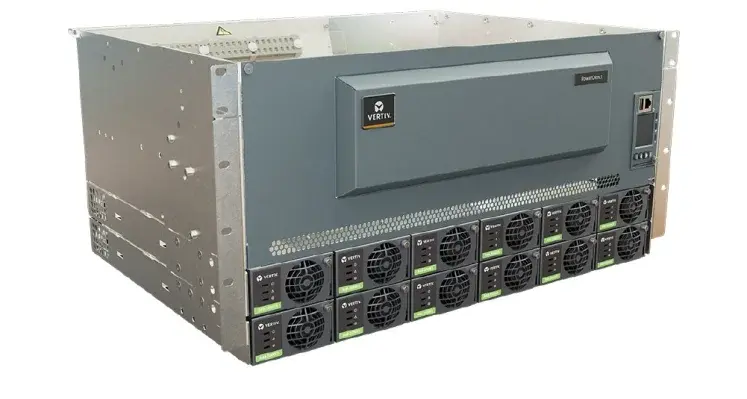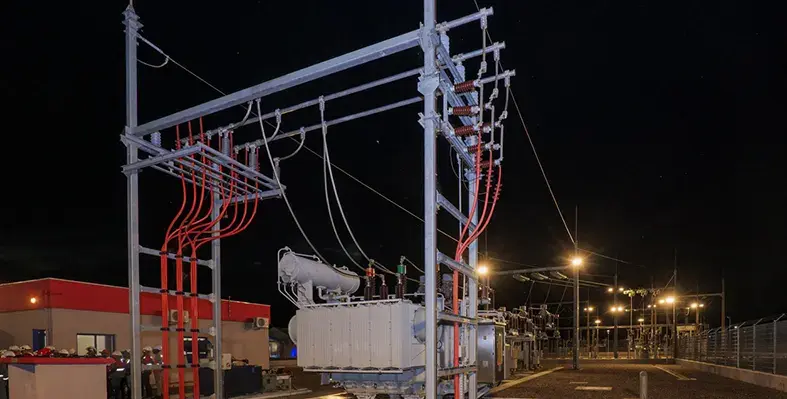
NCP Chlorchem and Terra Firma unveil one of South Africa’s largest industrial behind-the-meter solar programmes at Johannesburg site. (Image source: NCP Chlorchem)
NCP Chlorchem, one of South Africa’s leading producers of chlorine and essential water treatment chemicals, has partnered with Terra Firma , a top developer of commercial and industrial solar and battery-storage projects, to launch a 27 MWp multi-phase solar initiative
This programme ranks among the largest standalone behind-the-meter solar installations in the country and will power NCP’s primary manufacturing site.
The site is designated as a National Key Point due to its vital contribution to providing safe, potable water to millions across South Africa. The solar rollout will meet a considerable portion of the facility’s power needs, with several phases already operational. More capacity is expected to be added in early 2026, and the full programme is projected for completion by the end of that year.
As core industries navigate high electricity prices, grid instability and increasing demands to cut carbon emissions, onsite renewable energy is becoming an essential part of long-term operational and financial planning.
NCP’s production processes require substantial amounts of energy, making reliable long-term energy supply and emissions reduction fundamental to its sustainability agenda. The company began its solar partnership with Terra Firma in 2023 through a 1.1 MWp pilot system, installed under earlier regulatory constraints that capped project size. After the pilot proved successful, NCP progressed to a 10 MWp second phase consisting of rooftop, carport and ground-mounted systems, now nearing commissioning. Construction of an additional 17.5 MWp is underway, bringing the total solar capacity to 27 MWp.
“As a producer of essential chemicals used in water and sanitation, sustainability is central to how we operate,” said Schalk Venter, managing director, NCP. “Working with Terra Firma has allowed us to lower our carbon emissions and manage long-term energy costs more effectively. It’s a major step in building a more resilient and sustainable future for our operations.”
“As South Africa’s energy transition accelerates, more large energy users in complex industrial sectors are turning to onsite renewable systems to meet their cost and sustainability targets,” said Grant Berndsen, CEO, Terra Firma.
“Supporting a facility as vital as NCP’s, where uninterrupted operations are essential to public health, highlights the importance of getting these projects right. Integrating a 27 MWp solar system into a live chemical production site demands careful planning and collaboration, with the highest possible safety standards and processes. The success of this programme shows how renewables can be delivered effectively within such a high-stakes environment. It sets a benchmark for secure, compliant industrial decarbonisation.”








